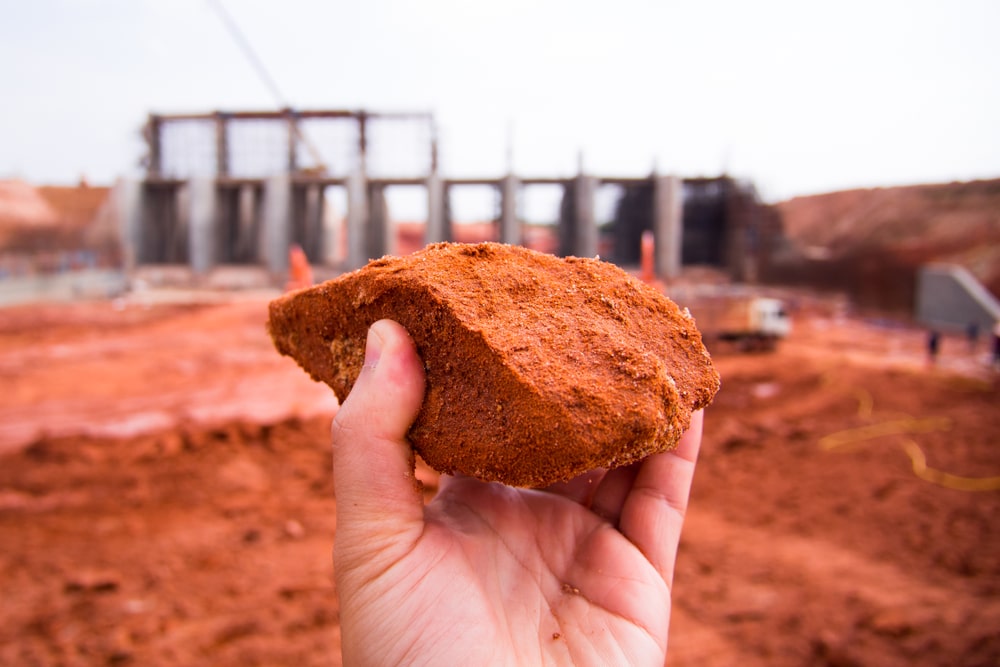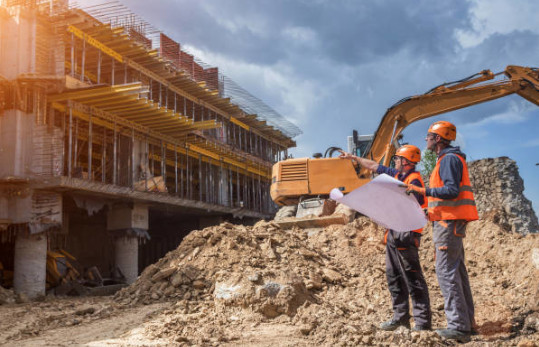Project Geotechnical Engineer for Tailored Site Evaluations
Project Geotechnical Engineer for Tailored Site Evaluations
Blog Article
A Comprehensive Examination of the Providers Offered by Consulting Engineers in the Area of Geotechnical Engineering: From Website Investigation to Task Application
Consulting engineers in geotechnical engineering play a crucial duty in the successful execution of building and construction jobs, starting with comprehensive website examinations that expose critical subsurface conditions. Their experience prolongs to dirt building analyses, environmental impact evaluations, and the cautious tracking of project execution, making sure positioning with security and sustainability requirements.
Importance of Geotechnical Design
Geotechnical engineering is a crucial discipline that underpins the security and sustainability of civil infrastructure tasks. By recognizing the mechanical behavior of dirt and rock products, geotechnical designers analyze the suitability of sites for different building and constructions, consisting of structures, bridges, and dams. This fundamental analysis makes certain that frameworks can stand up to environmental aspects and tons without experiencing failure.
The significance of geotechnical design extends beyond mere architectural safety and security; it additionally incorporates environmental stewardship. Appropriate geotechnical analyses add to reducing the environmental influence of construction. Via cautious evaluation of soil residential or commercial properties and groundwater conditions, engineers can make foundations and keeping frameworks that alleviate risks such as erosion and landslides, promoting lasting stability.
In addition, geotechnical design plays a crucial duty in task price monitoring. geotechnical works. By determining prospective issues early in the layout phase, designers can advise proper remedies, therefore preventing costly delays and redesigns throughout building. This positive technique not only boosts project efficiency however likewise dramatically reduces risks connected with unexpected site problems
Website Examination Strategies
Reliable website investigation methods are important for collecting accurate data regarding subsurface problems prior to building. These strategies promote the understanding of the geological and hydrological setting, which is vital for making certain the security and security of proposed frameworks.
Typical approaches employed in website investigations consist of borehole drilling, which permits designers to remove soil samples at different midsts, offering understandings right into stratification and material types. Furthermore, geophysical surveys, such as seismic refraction and electrical resistivity, deal non-invasive methods to assess subsurface characteristics over larger areas. These techniques can assist determine abnormalities without substantial excavation.
Examination pits are one more useful method, providing straight monitoring of soil layers and enabling in-situ testing. geotechnical works. This strategy is specifically useful for shallow excavations and can help examine groundwater degrees. Moreover, cone penetration examinations (CPT) are progressively made use of, as they supply continual accounts of dirt resistance, which assists in figuring out soil toughness and layering.
Each of these methods plays a crucial role in creating an extensive understanding of website conditions, enabling consulting engineers to make enlightened choices and recommendations throughout the job lifecycle. Exact information collection during the website investigation phase is essential to mitigating threats and making certain effective task execution.
Soil Home Assessment

The analysis process generally entails a mix of lab examinations and area examinations. Key residential or commercial properties such as shear strength, compressibility, leaks in the structure, and moisture material are examined to establish the soil's suitability for building objectives. Standard examinations, including the Atterberg limitations, Proctor compaction, and triaxial shear tests, are typically employed to collect information on dirt behavior.
Along with these tests, in-situ methods such as the Requirement Infiltration Test (SPT) and Cone Infiltration Examination (CPT) provide useful understandings into dirt stratigraphy and thickness. The outcomes of these evaluations notify page designers regarding possible challenges, such as soil liquefaction or negotiation, enabling them to design proper mitigation methods.
Environmental Impact Examination
Ecological influence analysis plays an important role in the preparation and implementation of engineering projects, especially in geotechnical engineering. This process entails examining the prospective environmental consequences of proposed tasks on soil, water, air high quality, and bordering environments. Consulting designers make use of various methods, consisting of site analyses, modeling, and area research studies, to identify and measure these effects.
The analysis normally begins with the identification of baseline environmental problems, which works as a referral for predicting possible adjustments. Engineers assess factors such as disintegration, groundwater contamination, and habitat disruption, ensuring that all appropriate environmental policies and guidelines are followed throughout the task lifecycle. Stakeholder engagement is likewise an essential part of the assessment process, as it cultivates interaction in between task designers, regional neighborhoods, and regulatory bodies.
Moreover, reduction techniques are my explanation established to deal with determined impacts, enabling engineers to suggest alternatives or alterations to forecast styles that enhance sustainability. This proactive strategy not just lessens unfavorable effects on the atmosphere however additionally promotes public trust and compliance with ecological regulation. Inevitably, efficient ecological influence assessment enhances the overall honesty and practicality of geotechnical engineering jobs, sustaining responsible advancement practices.
Project Implementation and Monitoring

Monitoring is an essential element of project application. Engineers use different techniques, such as instrumentation and area examinations, to analyze soil habits and architectural feedbacks in real-time. This continual tracking enables the identification of any type of inconsistencies from anticipated efficiency, enabling timely treatments to alleviate dangers.
Moreover, getting in touch with engineers preserve open this page interaction with contractors and stakeholders throughout the process. Regular site examinations and report card ensure that all celebrations are notified about project condition and any type of emerging problems. By fostering cooperation and transparency, consulting designers facilitate a much more efficient application procedure, thus enhancing job outcomes.
Inevitably, effective project execution and monitoring not only promote security and top quality standards but likewise contribute to the overall success of geotechnical projects, ensuring they meet their intended purposes sustainably and responsibly.

Conclusion
In final thought, the function of getting in touch with designers in geotechnical design encompasses a critical series of services that make certain task success. Eventually, the diverse contributions of getting in touch with designers are crucial in attending to the intricacies of geotechnical difficulties in modern-day design jobs.
Report this page